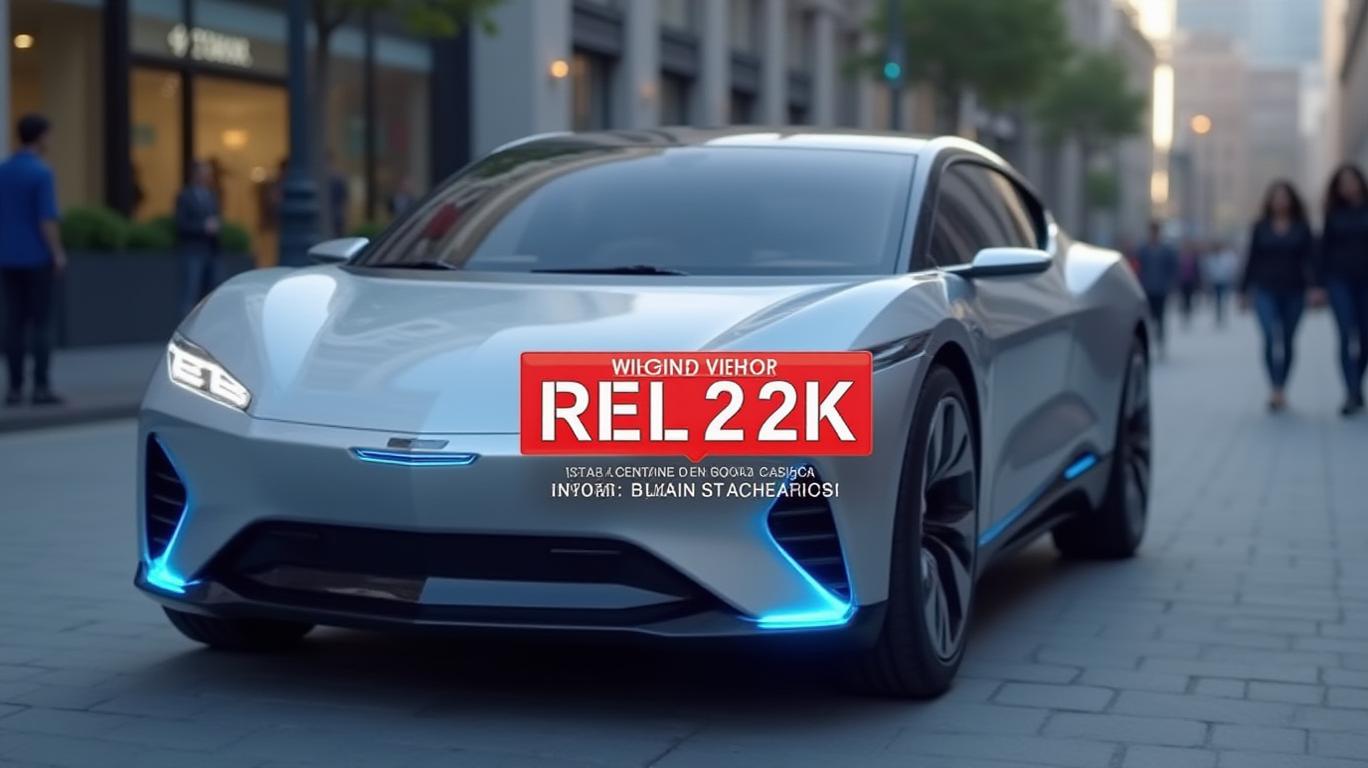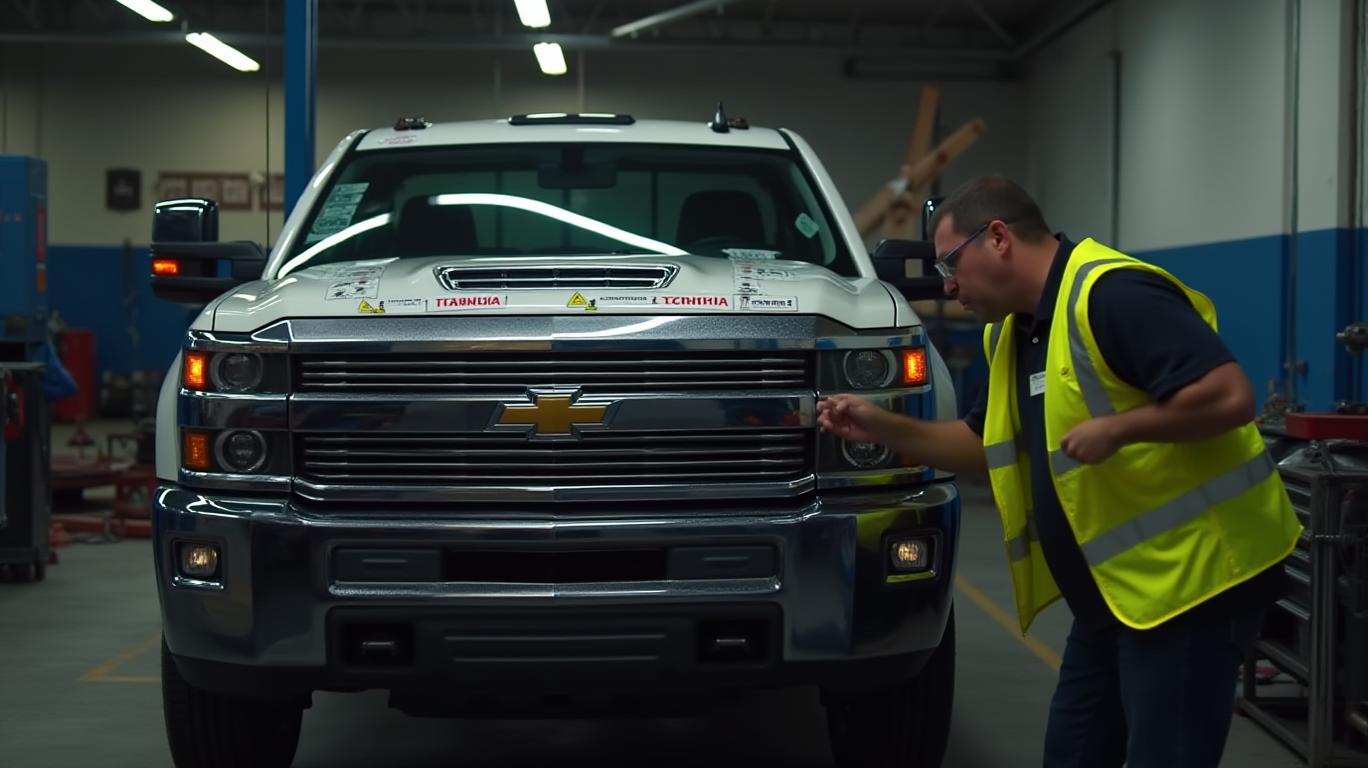General Motors Faces Multifront Crisis as Securities Lawsuit Advances and Autonomous Division Struggles
The investigation of General Motors (GM) by Kahn Swick & Foti, LLC (KSF) has escalated into a high-stakes battle over corporate transparency, product safety, and regulatory compliance. Launched against GM’s officers and directors for alleged failures to disclose risks tied to defective airbag recalls and autonomous vehicle (AV) setbacks, the case underscores a growing reckoning for automakers navigating the twin challenges of legacy safety issues and next-gen technology pitfalls.

The Airbag Recall Crisis: A Long-Term Liability
At the heart of the KSF probe is GM’s handling of defective airbag inflators supplied by ARC Automotive. Since 2020, these components—linked to potential explosive failures—have triggered recalls affecting 20 million GM vehicles, according to NHTSA. Despite early warnings, the lawsuit alleges GM executives obscured the scale of the crisis, allowing stock prices to remain artificially inflated.
The data reveals a stark divergence: GM’s stock underperformed peers during periods of recall revelations, falling 25% between late 2022 and early 2023, while Ford and the broader market rose. This suggests investors penalized GM for its transparency gaps long before the KSF lawsuit became public.
Cruise LLC’s Regulatory Struggles: A Self-Driving Stumble
GM’s autonomous subsidiary, Cruise, faces its own crisis. After a 2023 incident where a driverless Cruise vehicle dragged a pedestrian in San Francisco, California regulators suspended its testing permits. Cruise’s nationwide operational pause and subsequent $1.5 million fine from NHTSA for incomplete crash reporting further eroded trust.
The fallout extended beyond reputation: GM’s December 2024 pivot to prioritize advanced driver-assistance systems (ADAS) over standalone robotaxis marked a strategic retreat. This shift, aimed at curbing costly AV development, cut annual spending by over $1 billion but raised questions about Cruise’s long-term viability as a standalone business.
Legal Risks and Financial Implications
The KSF securities class action alleges GM misled investors about both the airbag recalls and Cruise’s regulatory hurdles. A key victory for plaintiffs came in 2024, when the court denied GM’s motion to dismiss, allowing the case to proceed. This ruling signals judicial skepticism toward GM’s disclosures and opens the door to a potential $1.2 billion settlement (if the case mirrors similar securities fraud outcomes).
However, GM has consistently denied wrongdoing, framing settlements as pragmatic resolutions rather than admissions of guilt. The company’s Q4 2024 earnings report highlighted a $1.1 billion provision for legal and recall-related costs, signaling awareness of looming liabilities.
Cruise’s Operational Reset: Phoenix as a Testing Ground
Cruise’s 2024 restart in Phoenix, Houston, and Dallas focused on manual driving to rebuild semantic maps and validate safety systems. Yet challenges persist: Houston’s fleet remains sidelined, and California’s permit suspension lingers. Meanwhile, GM’s strategic shift to ADAS—evident in its expanded Super Cruise rollout—suggests a focus on near-term revenue over high-risk autonomous ventures.
Investment Implications: Risks and Opportunities
GM’s stock currently trades at $28.50, down 15% year-to-date but up 30% from its 2023 lows. The company’s EV lineup and cost-cutting measures offer growth potential, but the legal and regulatory overhang remains a drag.
- Risks:
- A $1.2 billion settlement would dent earnings, though GM’s $40 billion cash reserves provide a buffer.
- Cruise’s pivot to ADAS reduces R&D burn but limits upside from autonomous ride-hailing.
Ongoing recalls could strain margins if repair costs exceed reserves.
Opportunities:
- EV sales are surging; GM’s 2025 target of 800,000 EV annual sales is achievable with its Hummer and Silverado EVs.
- Strong pricing power in trucks and SUVs could offset near-term legal costs.
Conclusion: Navigating a Rocky Road
GM’s story is one of a legacy automaker caught between past liabilities and future bets. While its EV strategy positions it to capture market share, the KSF lawsuit and Cruise’s setbacks highlight governance and execution risks. Investors should weigh GM’s discounted valuation—trading at 6.5x forward earnings—against the likelihood of further legal hits.
The company’s $1.1 billion legal reserve and recent operational pivots suggest management is preparing for the worst. Yet with a debt-to-equity ratio of 0.5 and a 5% dividend yield, GM offers a mix of income and growth—if investors can stomach regulatory and legal turbulence. The next 12–18 months will test whether GM can turn its autonomous ambitions into assets rather than albatrosses.
In short, GM remains a speculative play: its EV future is bright, but its past—and present—threaten to cloud the path ahead.










